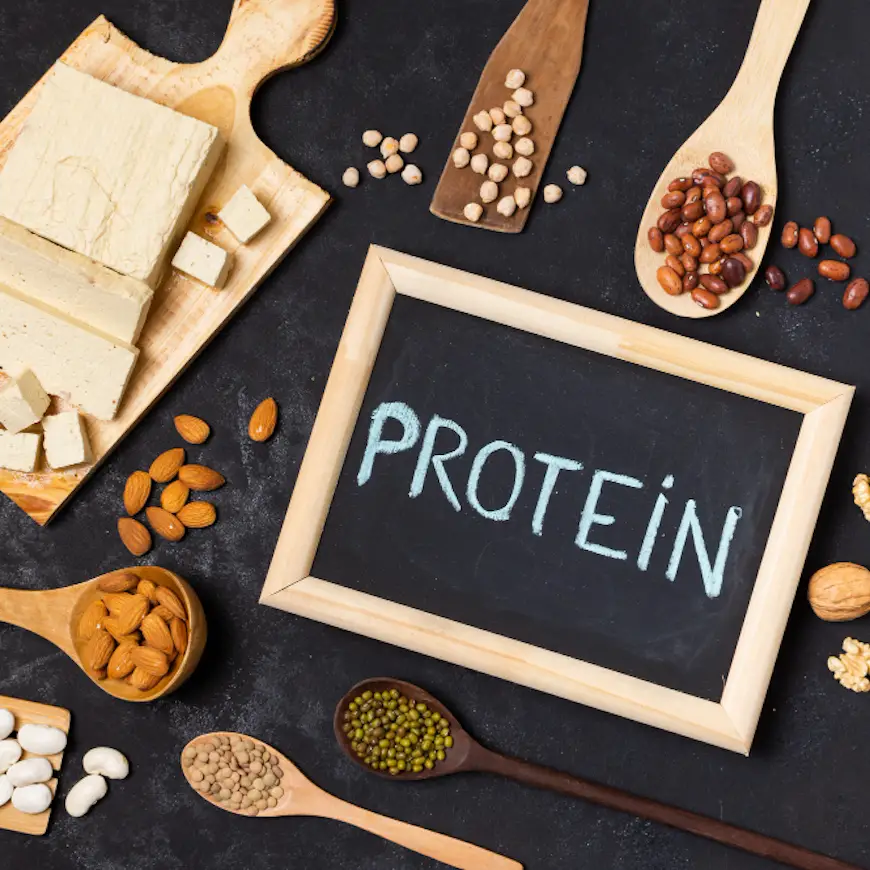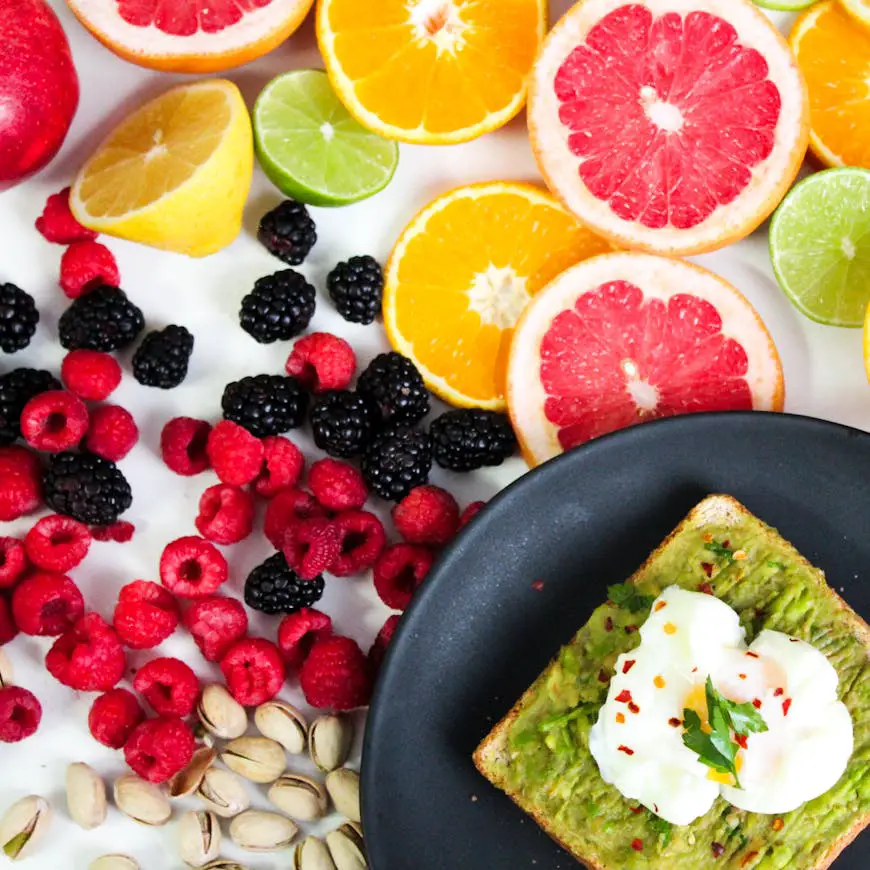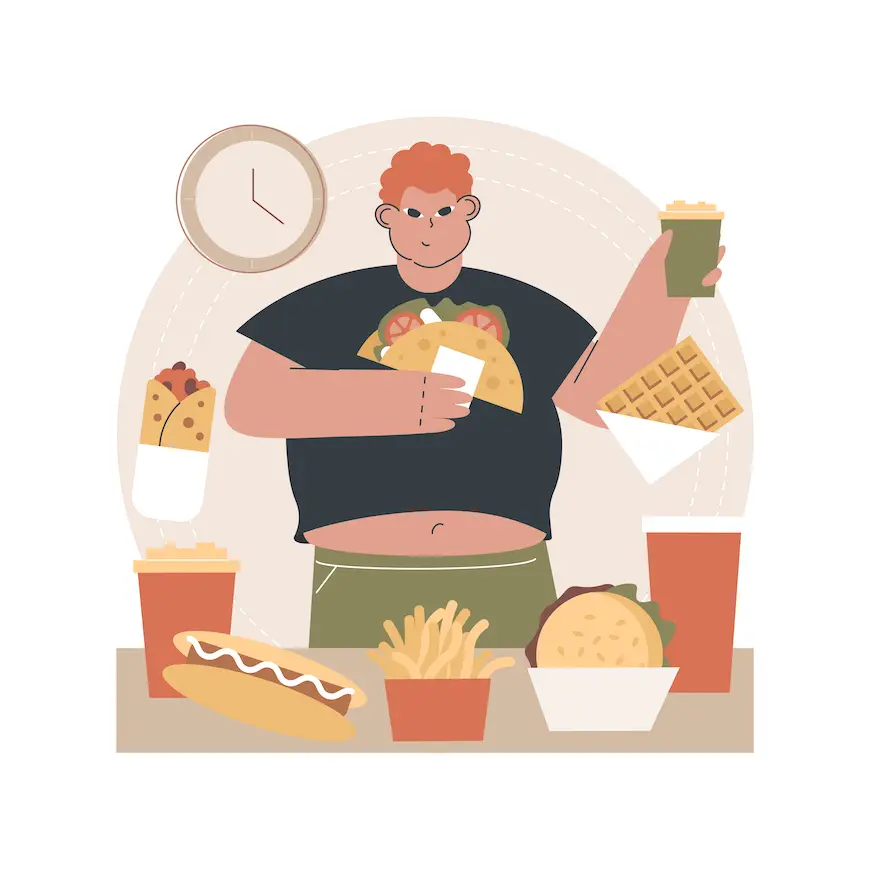Age-related muscle loss, known as sarcopenia, is a natural occurrence as individuals age. Starting around age 30-31, men may experience a decline of 3% to 5% in muscle mass per decade, leading to an approximate 30% loss over their lifetimes. Therefore, as you get older, you gradually lose muscle mass. To help combat sarcopenia, maintaining an adequate protein intake is essential. A Protein Calculator can be a helpful tool to determine your optimal daily protein needs based on factors like age, weight, and activity level.
To counteract sarcopenia, strength training, and protein consumption are key strategies to keep your body mass balanced and not to lose extra muscles. Progressive resistance training is often recommended, involving a gradual increase in workout volume for example weight, reps, and sets as strength and endurance improve help you keep your body fully fit and close to greatness.
This approach continually challenges muscles, stopping plateaus and potential loss of gains. It is a great idea if you are seeking guidance from a personal trainer who can help establish a tailored sequence and ensure the safe execution of exercises, especially to avoid any injuries if you directly start working without any studied plans.
Protein is essential for muscle growth and repair because all protein amount lost has to be replaced again after workouts just to keep your muscles growing. The body breaks down dietary protein into amino acids, utilizing them to build and maintain muscle mass. A professor of nutrition and epidemiology always emphasizes the importance of adequate protein intake for growing and preserving muscle mass, also protein intake will aid in recovery from surgeries or injuries. Every set has to be followed under the guidance of a special doctor who has always been perusing your file to keep your protein intake organized and under the right umbrella. The right direction is to follow the specialist requirements especially for the right amount of protein intake to keep your health status in better condition.
Protein Calculator Tool
A protein calculator is a useful tool designed to help you determine the optimal amount of protein you need each day based on factors such as age, weight, gender, activity level, and fitness goals. Protein is essential for muscle repair, immune support, and metabolic health, making it a crucial nutrient for everyone—especially for those aiming to build muscle, lose weight, or counteract age-related muscle loss (sarcopenia). Using a protein calculator can simplify your nutrition planning by providing a personalized protein target that aligns with your body’s specific needs, helping you stay on track to achieve your health and fitness goals.
grams/day
Protein by the figures?
Despite the importance of protein intake, many aging men may not meet their optimal daily requirements, especially if they are simultaneously reducing calorie intake for weight loss. The protein Recommended Dietary Allowance (RDA) stands at 0.8 grams per kilogram of body weight, which equates to roughly 0.36 grams per pound. For instance, a 180-pound man should aim for around 65 grams of protein per day. While many Americans meet or even exceed this recommendation, estimates suggest that 10% to 25% of older adults consume less than the RDA. Aging men, particularly those aiming to increase muscle mass, may require higher protein intake than the guidelines suggest.
Recent research has shown or indicated that older adults could benefit from consuming 1 to 1.6 grams of protein per kilogram of body weight daily (approximately 82 to 130 grams for a 180-pound man) to enhance muscle strength.
However, caution is advised regarding excessive protein consumption. You should be aware that exceeding 2 grams per kilogram of body weight per day is a warning. On the other hand many other studies have shown or have linked high protein intake to an increased risk of chronic diseases and mortality the amount of protein intake is important to keep your health status great. As such, it’s essential to strike a balance avoid excessive protein intake, and try to go by specialist detail plan.
Protein Intake: Specific Timing
Research indicates that the body can effectively utilize only 20 to 40 grams of dietary protein at a given time. Therefore, there’s no benefit to consuming the majority of your everyday protein intake in a single meal directly. As an alternative, aim to evenly allocate your protein intake during the day, including breakfast, lunch, dinner, and snacks.
To improve muscle growth and recovery, it’s helpful to consume a portion of your daily protein intake within 30 minutes to one hour after completing a strength training workout because your muscles now need protein to take additional formats, therefore, when directly eating protein after a workout you get the best shape. This can be achieved through either a protein-rich drink or a meal. By doing so, you provide your body with the necessary nutrients to support muscle repair and growth following exercise.
The finest sources of protein
The initial step in incorporating protein into your strength training regimen is to accurately assess your daily protein intake. People often don’t check or underestimate their actual consumption. Therefore, most specialist recommends tracking your protein intake with each meal over a week to establish a daily average. It’s essential to read labels carefully and accurately assess the protein content per serving rather than guessing always go by the specialist or your doctor to have the right amount of proteins.
Once you can obtain the right understanding of your typical intake or protein consumption, you can adjust it as necessary. Doctors advise focusing on high-quality protein sources, such as lean poultry, fish, dairy products, and plant-based foods like soy, legumes, nuts, and whole grains. However, individuals with health concerns or dietary restrictions may need to avoid common high-protein sources like meat, eggs, or dairy.
Here are some examples of the protein content in typical servings of high-quality protein foods:
– 3.5 ounces of lean chicken: 30 grams
– 3.5 ounces of salmon: 25 grams
– A cup of cooked beans: 17 grams
– 6 ounces of plain yogurt: 15 grams
– 1 cup of skim milk contains 10 grams of protein.
– 1/4 cup of nuts: 7 grams
– Egg: 6 grams
Another alternative could be consuming whey protein powder or vegan powders made from soy, peas, or brown rice. The protein content per serving varies by brand, and these powders can be especially useful if you struggle to obtain enough protein from food sources. They can be easily incorporated into oatmeal, smoothies, or water, with measuring scoops to help track your daily intake. Additionally, using a Protein Calculator can further simplify tracking by providing a personalized protein goal tailored to your dietary needs, ensuring you meet your daily protein requirements effectively.
J. Miles is a board-certified general medicine physician with over a decade of experience in delivering comprehensive care to individuals of all ages. With a focus on preventive medicine, holistic wellness, and chronic disease management.








